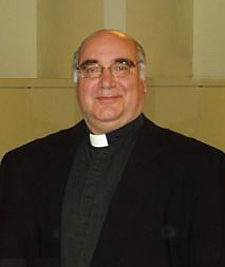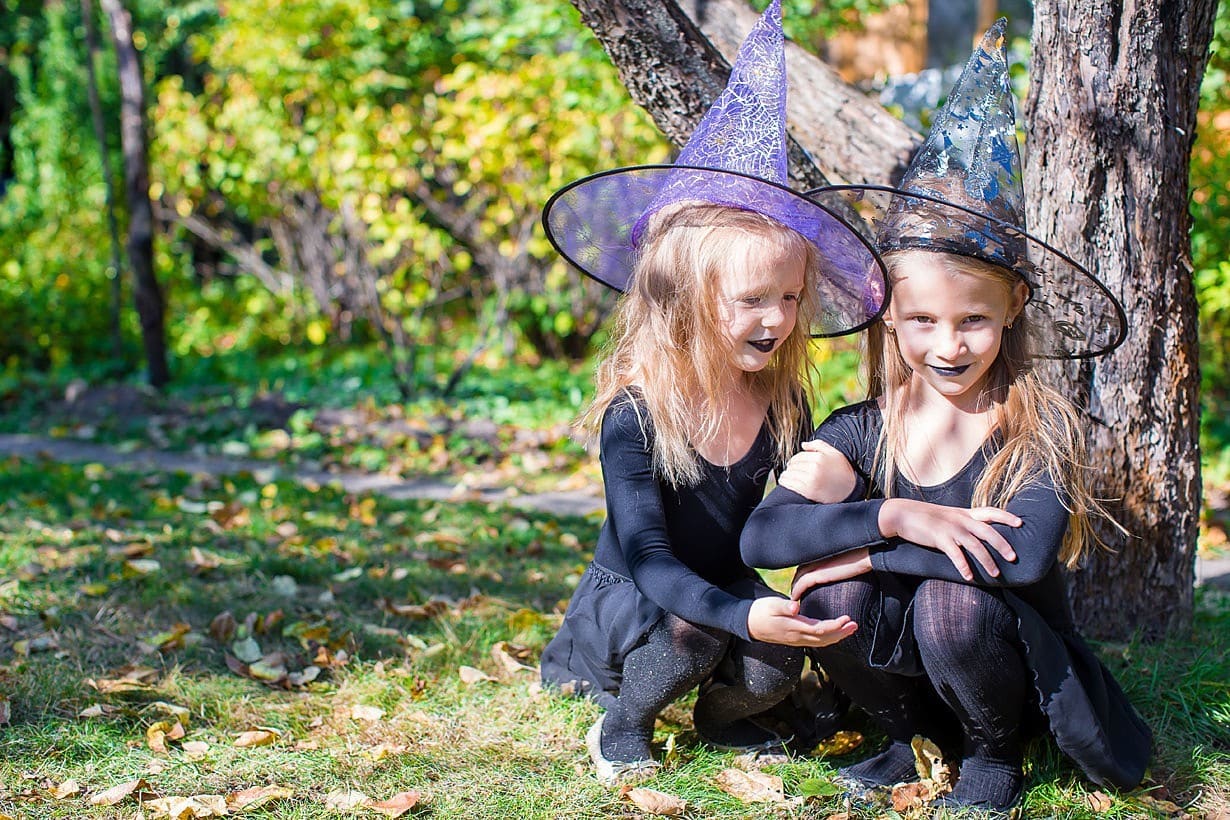October 27, 2014

Father Ron Franco, CSP
Growing up, I loved Halloween. To be honest, I actually disliked having to decide whom to be and what costume to wear. But, once that hurdle was past, I loved the holiday itself – the party at school followed by trick-or-treating around the neighborhood. In those days (the Bronx in the 1950s), kids weren’t afraid to be out, and adults weren’t afraid to open their doors to them. Most adults gave us candy (which no one was afraid to eat in those days), but some actually gave money – sometimes as much as 25 cents or, in the case of one generous neighbor, the unimaginably large sum of 50 cents! Back then, Halloween was basically a children’s holiday also enjoyed by adults.
All that has changed. Trick-or-treating lost its traditional spontaneity to become a choreographed event supervised by adults, hedged in by fear. Adults, meanwhile, have turned Halloween into a holiday for themselves. It seems we Baby Boomers enjoyed our childhood holiday so much we just don’t want to let go of it! Halloween is now second only to Christmas as the most decorated-for holiday in the United States. Like Christmas, it is now a quasi-season that begins in the stores much earlier.
Easily forgotten – whether in the children’s Halloween of 50 years ago or today’s adult extravaganza – are its original significance and its subsequently added layer of Christian religious meaning. As one of the four seasonal turning points of the ancient Celtic year, Nov. 1 was the beginning not only of winter but of a new year, the eve of which was a frightening in-between time when the spirits of the dead were thought to roam about and possibly even try to haunt their old homes. Bonfires and jack-o-lanterns (originally carved out of turnips) were part of the defense of the living against the assault from the netherworld.
By the 9th-century A.D., the time of Charlemagne, the Roman festival of All Saints was moved from May to Nov. 1 – a Christianization of the old Celtic holiday and a celebration of the triumph of Christianity over paganism and of Christ’s victory (as exemplified in the saints) over the demonic forces which had hitherto held people in fear. Hence, the name “Halloween,” which means “the eve of All Hallows,” or All Saints.
All Saints Day celebrates the church triumphant – all the saints, both known and unknown – who now praise God forever in heaven. Around the end of the first millennium, as a sort of sequel to All Saints Day, the church added All Souls Day on Nov. 2, a day devoted to urgent prayer on behalf of all who, having died, are still being purified of the consequences of their sins. Our prayers to the saints to intercede on our behalf, together our own intercessory prayers on behalf of the faithful departed, are an expression of our participation in that great community the Apostle’s Creed calls “the communion of saints.”
The great autumn triduum of Halloween, All Saints and All Souls challenges us to face our fears and contemplate the mystery of death – but to do so in the church’s faith and with the church’s hope. For if we believe that Jesus died and rose, so too will God, through Jesus, bring with him those who have fallen asleep (1 Thess. 4:14).
Father Ron Franco, CSP, is pastor at Immaculate Conception Church in Knoxville, Tenn.
